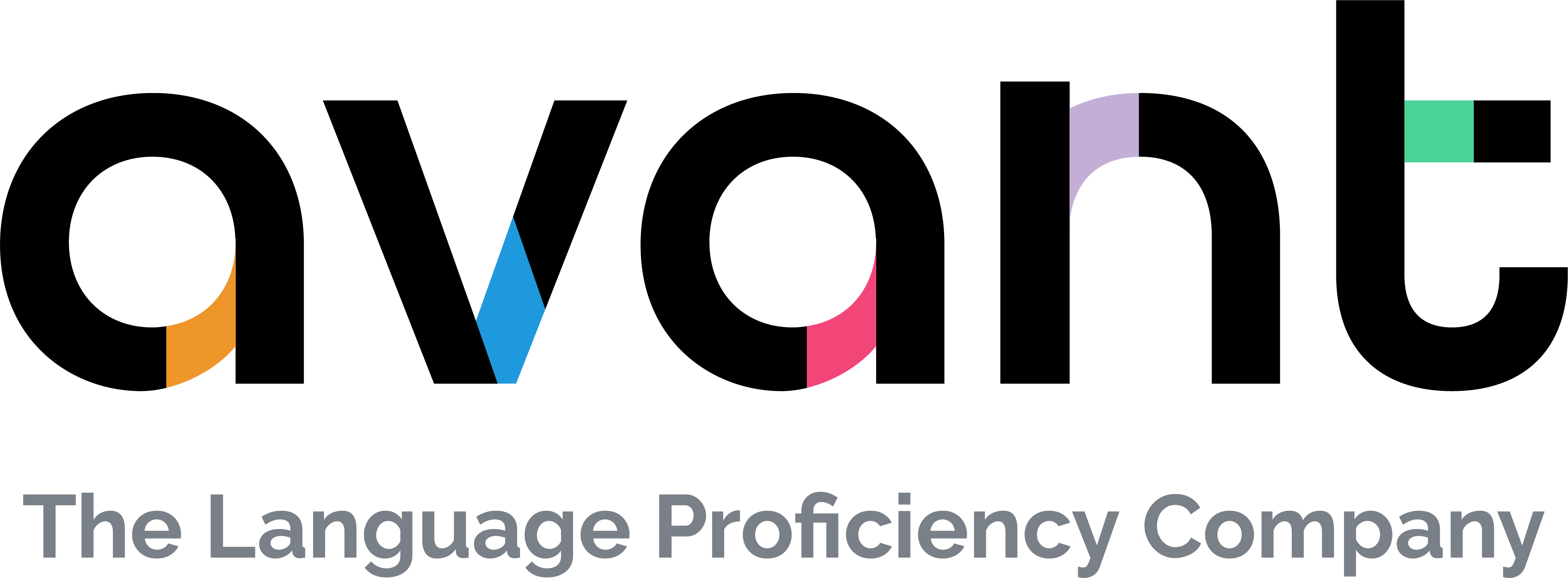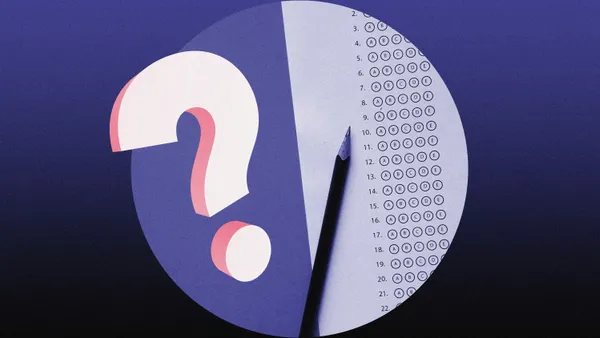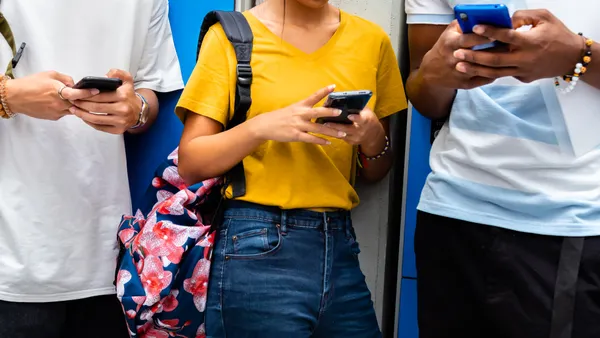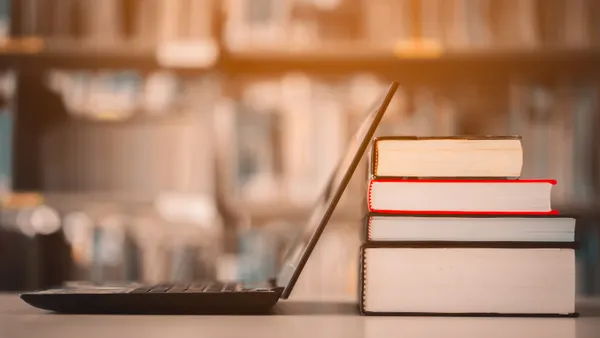Dive Brief:
- Jamie Knowles, senior manager of educator professional learning programs for Common Sense Education writes for eSchool News that the approach to integrating technology in the classroom can play a significant role in encouraging balanced use among students.
- Doing so is key if students are to see tech as a tool that serves as a means to an end rather than a be-all, end-all solution to be used, as Knowles puts it, "uncritically."
- Knowles suggests that educators can accomplish this by learning more about the full range of capabilities in their school's learning management system (LMS), incorporating devices in lesson planning, and using classroom management apps.
Dive Insight:
That students will use some form of technology on a regular basis in their future careers is pretty much a given at this point. But it's incumbent upon educators to ensure that they aren't over-reliant upon that tech, using it as a crutch rather than a tool to more effectively accomplish a task.
As Future Ready's Tom Murray told us in 2017, "The technology is a tool in the process. Sometimes, I think districts make the mistake of looking at professional learning like the technology is the end result as opposed to looking at the technology as a tool to get to the end result of learning that we’re looking for."
Along with those concerns is also the general concern of tech addiction and too much screen time. While educators don't have as much influence on how students use tech beyond the school walls, they can plan its use in the classroom thoughtfully in order to demonstrate how to balance time on- and offscreen. This can also include health lessons on the impacts of too much time online, particularly with social media platforms that have been shown to contribute to a sense of unhappiness among users.



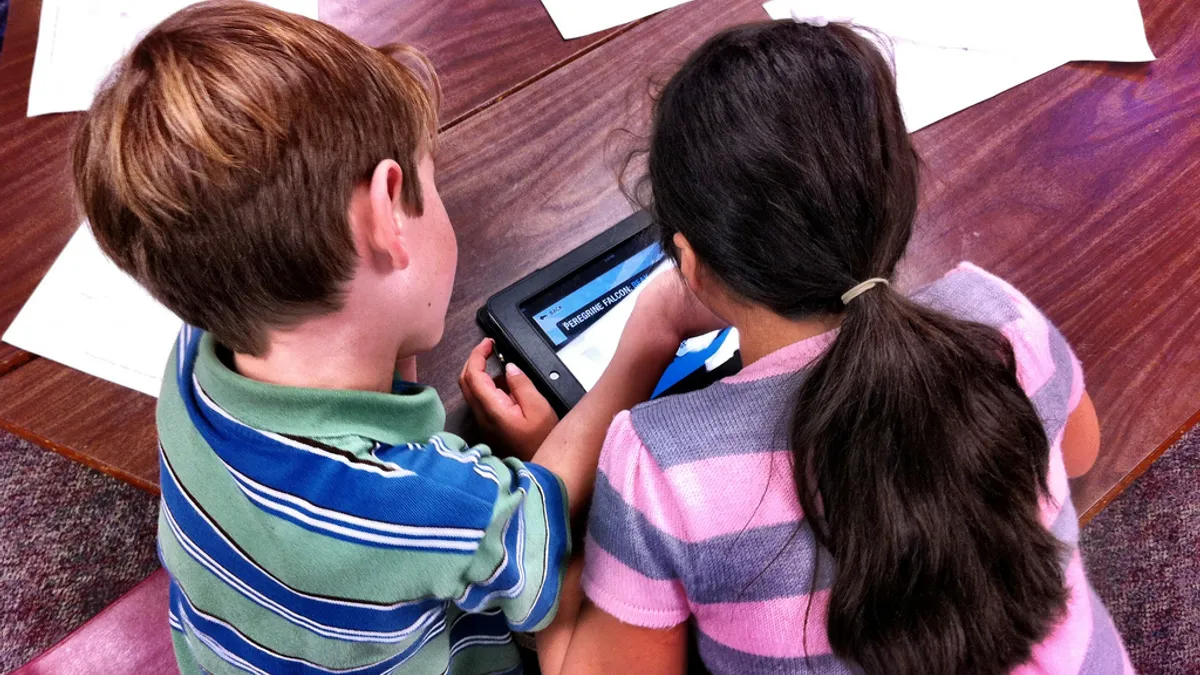

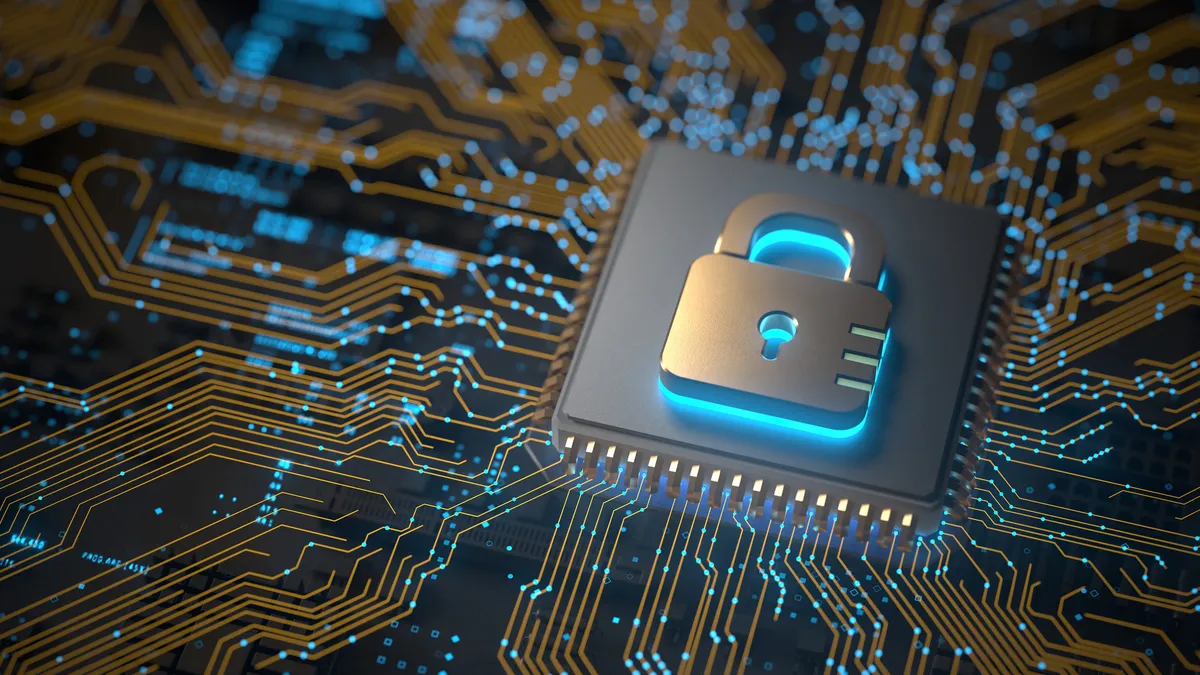

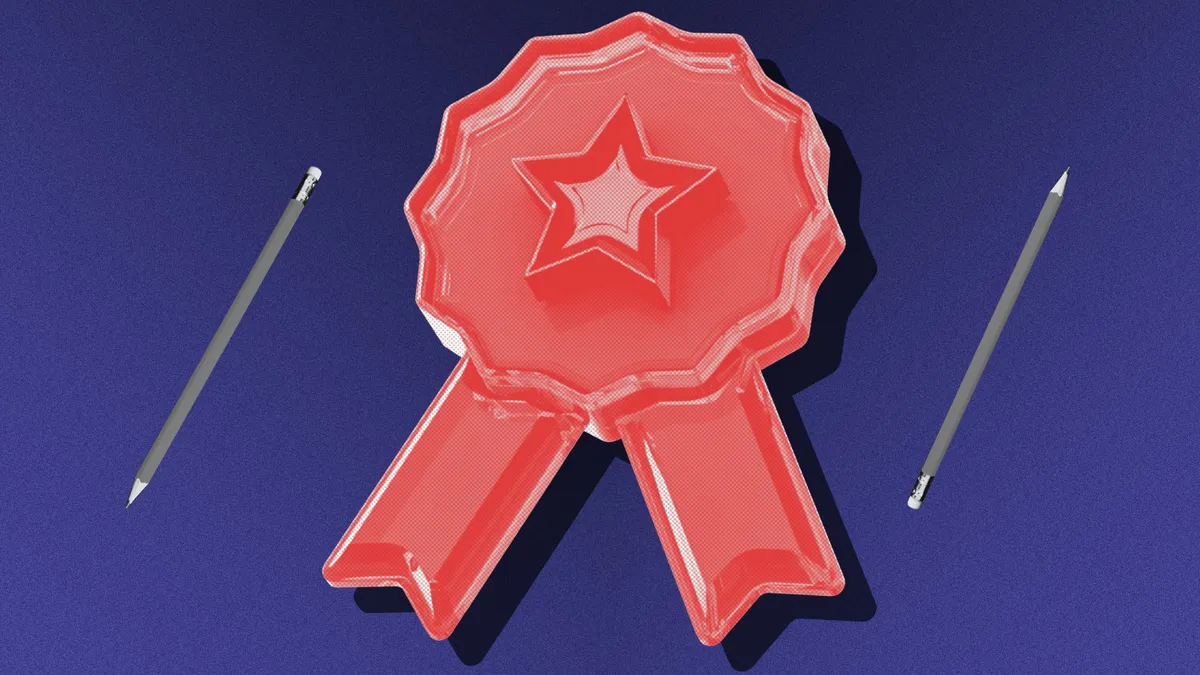
 Dive Awards
Dive Awards


